This set of Electrical Machines Multiple Choice Questions & Answers (MCQs) focuses on “Speed Control of DC Motors”.
1. The PWM control of DC motor varies _________
a) linearly with speed
b) inversely with speed
c) parabolically with speed
d) exponentially with speed
View Answer
Explanation: In PWM technique duty ratio is a linear function with respect to speed.
2. Ward-Leonard system of system of speed control is not recommended for _________
a) constant speed operation
b) Wide speed
c) frequent-motor reversed
d) very slow speed
View Answer
Explanation: Ward-Leonard system of system of speed control is not recommended for constant speed operation.
3. Mark the wrong option. Which of the following cause and effect behaviour in speed control is correct when field resistance is increased.
a) Decrease in flux
b) Increase in armature current
c) Increase in EMF
d) Decrease in speed
View Answer
Explanation: When field resistance is increased, emf actually decreases, not increases due to fall in flux.
4. The effect of field resistance speed control on a shunt motor speed torque characteristic is?
a) 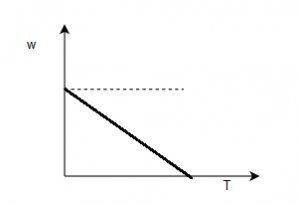
b) 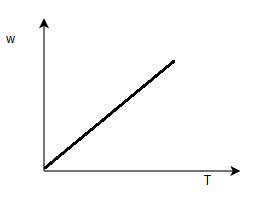
c)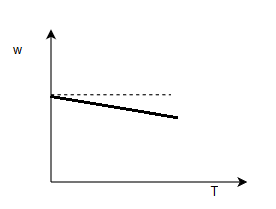
d) none of the mentioned
View Answer
Explanation: Field resistance speed control will make the speed above the base speed control.
5. At a very low speed, increase in field resistance will _________
a) decrease the speed of motor
b) increase the speed of motor
c) not have signicant effect on speed
d) no effect
View Answer
Explanation: At low speed increase in armature current caused by decrease in emf, will not be enough to compensate for decrease in flux in induced torque equation.
6. Small DC motors have best speed control by _________
a) armature voltage control
b) field resistance control
c) any of the methods
d) none of the mentioned
View Answer
Explanation: For the small dc motors it is difficult to vary the speed using their field control.
7. To implement armature voltage control, it must be ensured that _________
a) it is used on separately excited machine
b) it is used on shunt machine
c) it is used on series machine
d) any of the mentioned machine
View Answer
Explanation: It must be separately excited mahcine to implement the armature voltage control.
8. The armature resistance speed control is best illustrated by which of the following?
a) 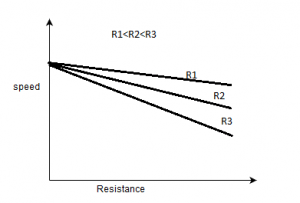
b) 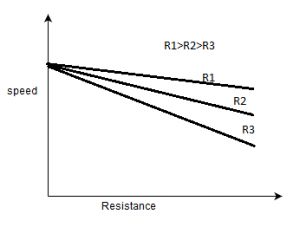
c) 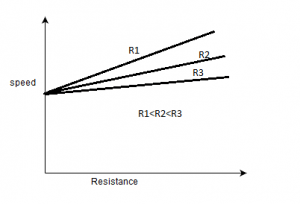
d) 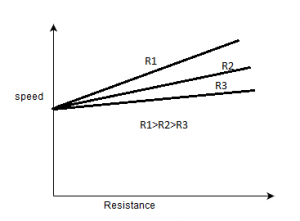
View Answer
Explanation: As the field resistance increases the speed decreases.
9. Armature voltage control works for speeds _____ base speed and field resistance control works well for speed _____ base speed.
a) below, above
b) above, below
c) above, above
d) below, below
View Answer
Explanation: For armature voltage control, armature current is increased so as to reduce speed below base speed. In field control flux is reduced so the speed would be above base speed.
10. How does the power varies with the variations in the speed, for a dc shunt motor?
a) 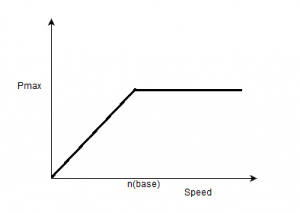
b) 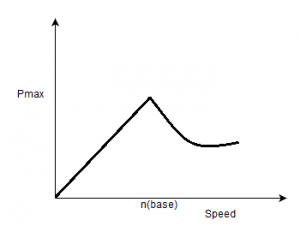
c) 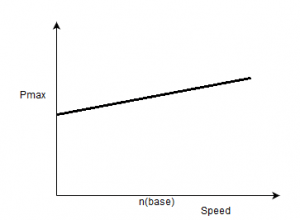
d) 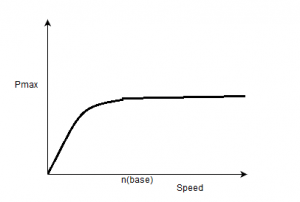
View Answer
Explanation: After the base speed is attained, the power consumed becomes constant as the speed remains constant in a shunt machine.
11. The torque limit of speed for a shunt motor _________
a) remains constant till base speed
b) remains constant after base speed
c) varies linearly after base speed
d) varies inversely till base speed
View Answer
Explanation: The torque limit of the shunt motor remains constant till the base speed.
12. A laboratory group was working with a set of 3-hp shunt DC motor. But there was a mistake that it was fused with a 0.3A fuse instead 3A fuse. Then it was started _________
a) a flash occurred instantly
b) it ran for 3s and fuse was blown
c) it ran normal
d) none of the mentioned
View Answer
Explanation: Due to the wrong usage of the fuse wire, it could not sustain the current and in few seconds it was blown off.
13. Run-away for large DC machine is avoided by using _________
a) a turn or two of cumulative compounding
b) compensating winding
c) stablizer winding
d) all of the mentioned
View Answer
Explanation: The runaway in large machine is avoided by using compensating winding.
14. Why does DC motor sometimes run too fast when under-loaded?
a) Due to weak field
b) Due to high line voltage
c) Due to brush-shifted to neutral
d) All of the mentioned
View Answer
Explanation: All of the reasons cause the dc motor to increase in speed when under loaded.
Sanfoundry Global Education & Learning Series – Electrical Machines.
To practice all areas of Electrical Machines, here is complete set of 1000+ Multiple Choice Questions and Answers.
If you find a mistake in question / option / answer, kindly take a screenshot and email to [email protected]
- Apply for Electrical Engineering Internship
- Check Electrical & Electronics Engineering Books
- Practice Electrical Engineering MCQs
- Apply for Electrical & Electronics Engineering Internship
- Check Electrical Engineering Books
